mercredi, 22 octobre 2014
Etymologie - Romantique #3
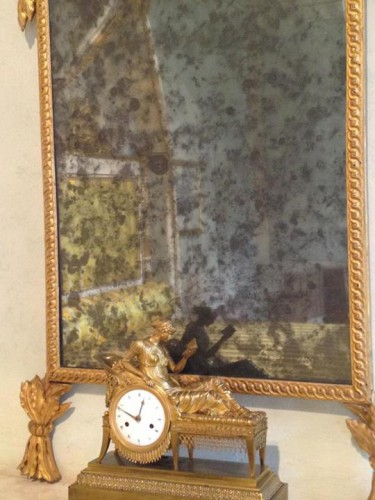
Crédits photographiques Elie Mehdi
Extrait de Romancing the Market, Brown, Doherty & Clarke, 1998, Routledge :
p.2
Like many aesthetic movements, of course, romanticism only really makes sense in terms of what it is not. And the 'not' that romanticism is usually compared to is neoclassicism (allbeit the case for 'realism' is probably sttonger - see Travers 1998).
As the term implies, neoclassicism essentially involved the excavation, establishment, elaboration and enactment of aesthetic ideas derived from ancient Greek and Roman arbiters like Aristotle, Horace, Quintilian and Longinus (Abrams 1993; Barzun 1962). These authorities were assumed to have attained unequalled excellence in their respective spheres of endeavour and thus their writings were regarded as models to which all great art should aspire. Neoclassicism, then, was characterised by conformity, traditionalism, distrust of radical
p.3
innovation and an overwhelming emphasis upon the tried and tested. Its leading eighteenth-century exponents, such as Swift, Dryden, Pope and Goldsmith, stove for elegance, grace, decorum, propriety and adherence to, or refinement of, the 'rules' of the relevant genre. Innovation, admittedly, was by no means depreciated but the primary challenge was to display wit, ease, suavity, sophistication, skill and polish within existing, highly restricted conventions (in drama, the three unities of time, place and action, the closed couplet in poetry, etc.).
As Furst (1969: 15) observes, the authoritarianism of the neoclassical period largely stemmed from an unqualified belief in the powers of the mind, the intellect and, above all, reason. The scientific achievements of the Enlightenment fostered an assumption that all things were knowable and that this knowledge was attainable by means of rational investigation. Just as Newton had shown this to be the case in the physical world, so too the milieux of morals, politics, ethics and art could be systematically examined and their universal 'truths' uncovered, extracted and disseminated.
The adepts of neoclassicism thus attempted to establish the 'laws' of aesthetics, which if properly observed and carefully followed would result in a 'correct' composition, be it musical, literary, dramatic or whatever. 'The Rtist, like the scientist, was expected to operate by calculation, judgement and reason, for... the making of a book was considered a task like the making of a clock' (Furst 1969: 16).
The romantics, by contrast, championed innovation, creativity, iconoclasm, individuality and radical experimentation over traditionalism, refinement, rectitude and the seemly veneration of extant materials, forms, styles or genres (Butler 1981; Cranston 1994). They espoused spontaneity, informality, exuberance, elementalism, naturalism and aboriginal rusticity - as, for instance, in their use of vernacular language, their enthusiasm for 'lowly', 'impolite' or 'common' subjects, and, not least, their unqualified love of nature, landscape and the sheer élan vital of exitence. Conspicuously non-rational perspectives predicated upon visionary, mystical, supernatural, spiritual and otherworldly experiences came to prominence in the romantic period, as did a veritable catalogue of halt, lame and lonely wanderers, noble savages, innocent children, restless phantoms, pastoral panoramas, verdant vistas, sylvan glades, faery grottoes, crumbling ruins, gnarled oaks and, lest you think we've forgotten, golden daffodils. ALthough described with remarkable accuracy, compassion and power, it must be stressed that such 'external' phenomena primarily served to stimulate the inner feelings/reflections/emotions/introspections of the poet, author or creative artist.
Much of romanticism's legacy therefore comprises meditations or reveries on the creator's inner Self, though, as these people were often social misfits, nonconformists or malcontents, it is dominated by melancholic, anxiety-stricken, self-pitying expressions of the inner emotional turmoil of imaginative outsiders. Imagination, in short, coupled with an apocalyptic sense of out-with-the-old-and-in-with-the-new, was the cynosure of the romantics (Barzun 1944; Bowra 1961; Day 1996; Shaffer 1995). Romanticism is nothing less than an 'apocalypse of the imagination' (Bloom 1970a: 19).
p.10
[...] the romantic hero [...] is charismatic, dynamic, exciting, risk-taking, adventurous, outrageous, restless, roguish, swashbuckling, sexy. A bit Byronic perhaps, a tad Don Juanish and Manfred is manifestly its middle name [...]. Like Goethe's Werther, Chateaubriand's René and Musset's Octave, marketing constantly oscillates between profound, almost suicidal melancholy (e.g. the contemporary 'crisis' literature and the perennial complaint that no one takes the discipline seriously) and rampant, well-nigh certifiable megalomania (the broadening debate, periodic paroxysm of 'rediscovery', etc.). The romantic hero may be 'a multiple persona which drew upon images of the aristocrat, the dandy, the womaniser, the sociol and political outcast, and the rebel' (Travers 1998: 18), yet he is no less prone to 'lose a sense of perspective through constant self-observation, self-analysis and self-pity, so that he sinks deeper and deeper into the quagmire of his egocentricity' (Furst 1969: 98). Do they mean us ?
_ _ _
Contributors are Eric J. Arnould, Russel W. Belk, Stephen Brown, Bill Clarke, Anne Marie Doherty, Benoît Heilbrunn, Morris B. Holbrook, Christian Jantzen, Pauline Maclaran, Andrew McAuley, Per Ostergaard, Cele Otnes, Paul Power, Linda L. Price, Barbara B. Stern, Lorna Stevens, Craig J. Thompson, Robin Wensley
_ _ _
Abrams, M.H. (1993), A Glossary of Literary Terms, sixth edition, Fort Worth: Harcourt Brace.
Barzun, J. (1944), Romanticism and the Modern Ego, Boston: Little Brown.
Barzun, J. (1962), Classic, Romantic and Modern, London: William Pickering.
Bloom, H. (1970a), 'The internalization of quest romance', in H. Bloom, The Ringers in the Tower: Studies in Romantic Tradition, Chicago: Univeristy of Chicago Press, 12-35.
Bowra, M. (1961), The Romantic Imagination, Oxford: Oxford University Press.
Butler, M. (1981), Romantics, Rebels and Reactionaries: English Literature and its Background 1760-1830, Oxford: Oxford University Press.
Cranston, M. (1994), The Romantic Movement, Oxford: Blackwell.
Day, A. (1996), Romanticism, London: Routledge.
Furst, L.R. (1969), Romanticism in Perspective: A Comparative Study of Aspects of the Romantic Povements in England, France and Germany, Basingstoke: Macmillan.
Shaffer, E. (1995), 'Secular apocalypse: prophets and apocalyptics at the end of the eighteenth century', in M. Bull (ed.), Apocalypse Theory and the Ends of the World, Oxford: Blackwell, 137-58.
Travers, M. (1998), An Introduction to Modern European Literature: From Romanticism to Postmodernism, Basingstoke: Macmillan.
_ _ _
Romancing the Market
Stephen Brown, Anne Marie Doherty, Bill Clarke
1998
Ed. Routledge
312 pages
http://www.amazon.fr/Romancing-Market-Stephen-Brown/dp/04...
07:00 Publié dans Beaux-Arts, Les mots français, Photographie, Sculpture, Thèse | Lien permanent | Commentaires (0)
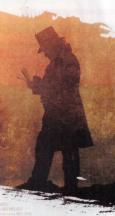
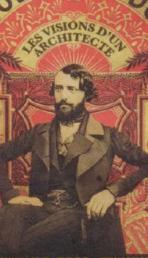



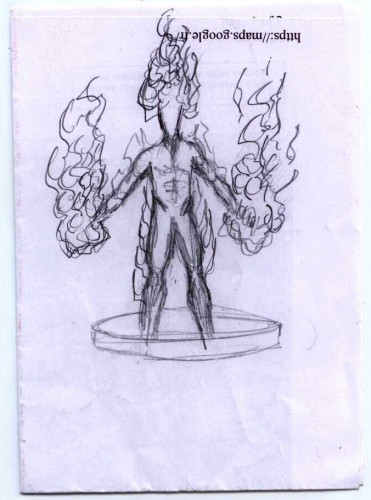
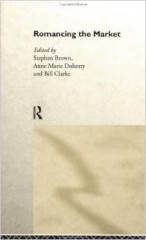
Les commentaires sont fermés.